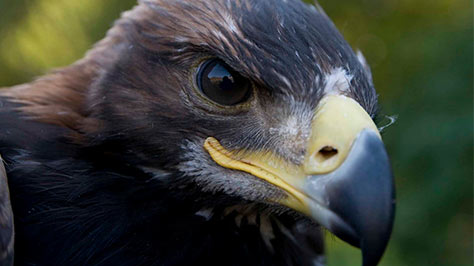The medicine wheel, originating from American Indian traditions, is also referred to as Sacred Hoop. The medicine wheel represents the sacred circle of life, its basic four directions, and their associated elements. Each direction of the wheel offers its own lessons, color, and animal spirit guide.
Used by the indigenous Plains tribes to represent all knowledge of the universe. The Medicine Wheel is a symbol of hope — a movement toward healing for those who seek it.
The Circle
The circle represents the sacred outer boundary of the Earth often referred to as the Sun Dance Circle or the Sacred Hoop. It represents the continuous pattern of ongoing life and death.
The Lines
The horizontal and vertical lines represent the sun and man’s sacred paths, respectively; the crossing of the two lines indicates the center of the Earth where one stands when praying.
The Feather
When included, the eagle feather is a sign of Wakáŋ Táŋka’s – the Great Spirit’s – power over everything. Typically, when someone is presented with a Medicine Wheel with an attached eagle feather, it is to signify a great accomplishment, such as a graduation ceremony or another momentous life event.
The Four Directions
The directions, as they are called upon in the medicine wheel, are often associated with a sacred color and each direction has a messenger. There is o common expression for the color placement on the medicine wheel. It is found that color placement varies based on individual tribal customs.

Direction – East
Color – Yellow
Messenger – Brown Eagle
The power of the east is closely associated with the sun. It is there that He rises to bring light and enlightenment to all creation. The path of the sun is from east to west. It is thought of as a clockwise direction, and all good things should conform to that pattern. The Morning Star, which is the star of wisdom and new beginnings, comes from the east. East is the home of the Elk people. The sacred color of the east is yellow, and the messenger is that of the brown eagle.

Direction – South
Color – White
Messenger – Crane
The sacred power of the south is connected with life after death and directs men as they walk toward that awe-inspiring place. Life begins in the south and nourishment of every kind comes from there. Warmth, happiness, and generosity are associated with the power of the south. South is the home of the animal people. The sacred color of the south is white and the messenger is the crane.

Direction – West
Color – Black
Messenger – Black Eagle
The power of the west is the direction in which the sun sets and where the day ends. It is this direction that is connected with the power of the rain and of the water, which is used to purify. Joy and growth always follow the rain and a release from ignorance. West is the home of the powerful Thunder-being who flies in the midst of the thunderstorms as a huge bird. His wings produce the thunder and the lightning flashes from his eyes. It is in this being the one who stands against evil and ensures the respect of the others. The sacred color of the west is often called black, and the messenger is that of the black eagle.

Direction – North
Color – Red
Messenger – Bald Eagle
Winter’s home is in the north. Its power promotes good health and growth. Those who misbehave look to it for correction and for the wisdom needed to walk the straight path again. It is a challenging power, and it promotes endurance. The north is the home of the Calf Pipe Woman and the buffalo people. Its color is red and the messenger is that of the bald eagle.
Sources
Black Elk Speaks, John Neihardt, Pocket Books, 1972
Lakota Ritual and Belief, James Walker, University of Nebraska Press, 1980
Oglala Religion, William K. Powers, University of Nebraska Press, 1975
The Pipe and Christ, William Stolzman, SJ, Tipi Press, 1998
Sundancing at Rosebud and Pine Ridge, Thomas E. Mails, Graphic Publishing Co., 1978